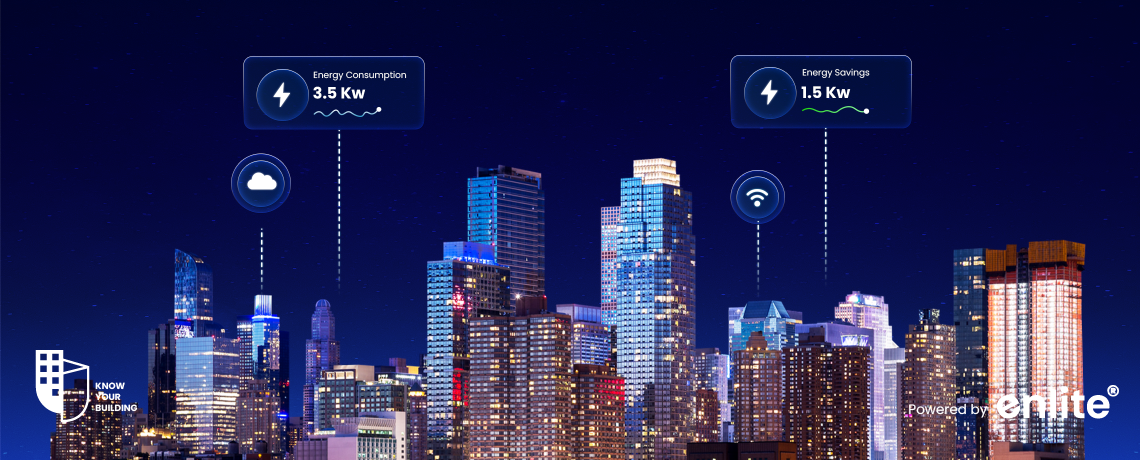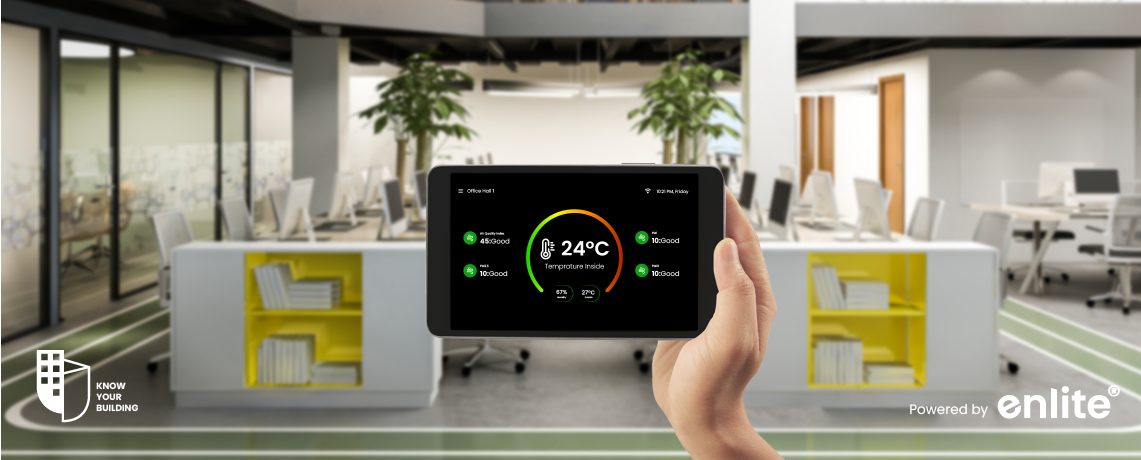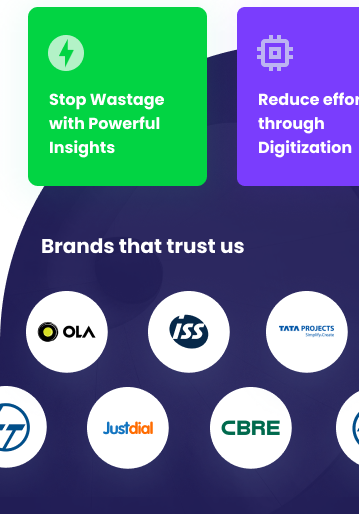Introduction:
- The growing need for sustainability in commercial real estate is driving the adoption of innovative solutions.
- Cloud-native Building Management Systems (BMS) are emerging as essential tools to help organizations meet their environmental goals.
- By leveraging cloud technology, cloud-native BMS can enable real-time monitoring, data-driven insights, and optimized control of building operations, contributing to a greener, more sustainable future.
1. Real-Time Monitoring for Immediate Action
- Cloud-native BMS allow for real-time data collection on energy usage, water consumption, and environmental conditions across the building.
- Immediate insights help facility managers make data-driven decisions to minimize waste and optimize resource use.
- Proactive adjustments can be made in real time to reduce energy consumption and lower carbon footprints.
2. Energy Efficiency Through Intelligent Automation
- These systems automate building operations, such as HVAC, lighting, and temperature control, based on real-time occupancy and weather data.
- Energy-saving modes are activated during off-peak hours, ensuring energy is used only when necessary.
- Integration with renewable energy sources, like solar power, maximizes energy efficiency and reduces reliance on non-renewable sources.
3. Data-Driven Insights for Continuous Improvement
- Cloud-native BMS provide detailed analytics and reports on energy usage, air quality, and operational performance.
- Data-driven insights help identify inefficiencies, allowing facility managers to fine-tune building systems for better performance.
- Ongoing monitoring facilitates continuous improvement in sustainability practices, ensuring long-term environmental impact reduction.
4. Predictive Maintenance for Resource Conservation
- Cloud-native BMS predict when equipment is likely to fail based on performance data, enabling timely interventions before issues arise.
- Predictive maintenance reduces the need for excessive repairs and replacements, conserving resources and reducing waste.
- Extending the lifespan of equipment further reduces the carbon footprint associated with manufacturing and disposal.
5. Remote Monitoring for Efficient Management
- Cloud-based systems enable facility managers to monitor building operations remotely, ensuring that energy consumption is consistently optimized.
- Remote accessibility allows for adjustments to be made from any location, reducing the need for on-site visits and lowering transportation-related carbon emissions.
- This also leads to more efficient operations, especially in buildings with multiple sites or large commercial properties.
6. Collaboration with Green Building Certifications
- Many cloud-native BMS solutions are designed to support green building certifications like LEED (Leadership in Energy and Environmental Design) or BREEAM (Building Research Establishment Environmental Assessment Method).
- BMS can track energy consumption, water use, and indoor air quality to ensure compliance with these standards.
- Achieving certifications promotes sustainability efforts and demonstrates a building’s commitment to environmental responsibility.
7. Sustainability Reporting and Compliance
- With cloud-native BMS, building managers can generate detailed sustainability reports that track energy usage, carbon emissions, and waste management efforts.
- These reports are essential for compliance with regulations and can be used to demonstrate a commitment to sustainability to stakeholders.
- Automated reporting makes it easier to track progress toward sustainability goals and adjust strategies accordingly.
Conclusion:
- Cloud-native BMS are a powerful tool in the journey toward sustainability in commercial buildings.
- By providing real-time data, optimizing energy usage, enabling predictive maintenance, and supporting sustainability certifications, these systems help businesses reduce their environmental impact and achieve their sustainability goals.
- As sustainability becomes a top priority for businesses globally, adopting cloud-native BMS is no longer just an option but a necessity for building managers and organizations seeking long-term environmental and operational benefits.














